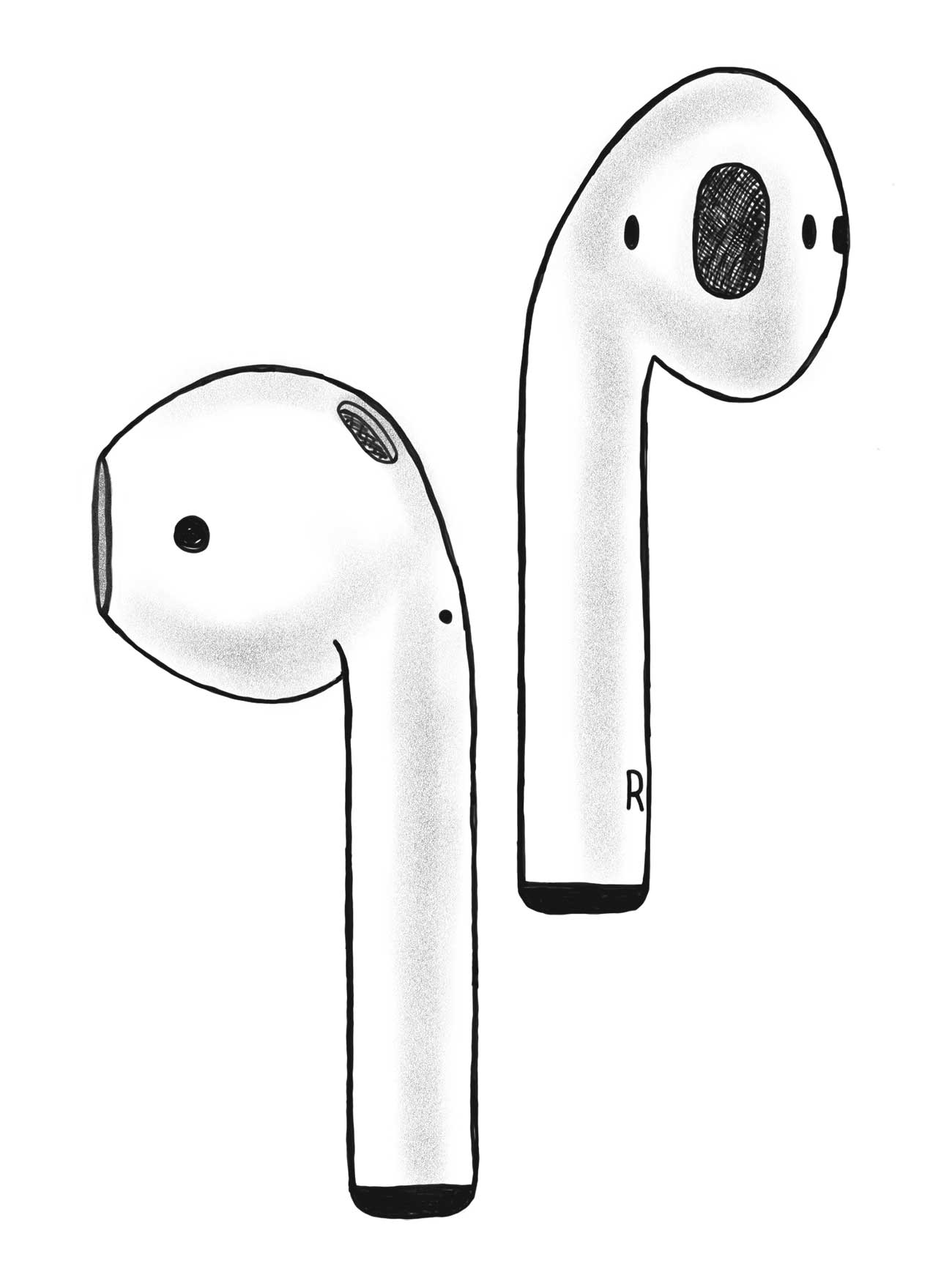The field of quantum computing has seen significant advancements over the past few years, particularly in the area of quantum error correction. This is a crucial aspect of quantum computing, as it addresses the inherent errors that arise during quantum operations due to decoherence and other noise factors. Google has been at the forefront of this research, developing sophisticated error correction codes to enhance the reliability of their quantum processors. However, recent developments have introduced new contenders that may challenge Google’s dominance in this critical area of quantum technology.
Quantum error correction is essential for the practical implementation of quantum computing. Unlike classical bits, which can be either 0 or 1, quantum bits, or qubits, can exist in superpositions of states. This property allows quantum computers to perform complex calculations at unprecedented speeds. However, maintaining the integrity of qubits is a significant challenge, as they are susceptible to errors from environmental interference. As a result, researchers have been exploring various error correction techniques to mitigate these issues.
Google’s approach to quantum error correction has primarily focused on the surface code, a method that encodes logical qubits into a two-dimensional lattice of physical qubits. This technique has shown promise in achieving fault-tolerant quantum computation, allowing for the correction of errors that occur during quantum operations. Google has demonstrated the effectiveness of their error correction methods through various experiments, showcasing the potential of their quantum processors to perform reliable computations.
Despite Google’s advancements, other research institutions and companies are making strides in the field of quantum error correction. For instance, researchers at IBM have been exploring alternative error correction codes, such as the concatenated code and the color code. These methods aim to improve the efficiency of error correction processes, potentially offering advantages over the surface code in specific applications. IBM’s efforts have led to the development of more robust quantum systems that can withstand a greater number of errors, thereby enhancing the overall performance of their quantum computers.
In addition to IBM, several academic institutions are also contributing to the evolution of quantum error correction. For example, researchers at the Massachusetts Institute of Technology (MIT) have been investigating new algorithms and techniques that could provide better error correction capabilities. Their work focuses on understanding the underlying physics of qubit interactions and developing innovative strategies to minimize errors during quantum computations. This research could pave the way for more efficient quantum error correction methods that challenge existing paradigms.
Moreover, startups in the quantum technology sector are entering the fray, bringing fresh perspectives and innovative solutions to the problem of quantum error correction. Companies like Rigetti Computing and IonQ are exploring unique approaches to error correction that leverage their specific hardware architectures. These startups are not only contributing to the advancement of quantum error correction but are also fostering a competitive environment that could accelerate progress in the field.
The emergence of these new contenders raises important questions about the future of quantum computing. As multiple approaches to error correction are developed and tested, it is likely that the landscape will become increasingly diverse. This competition could lead to breakthroughs that enhance the performance and reliability of quantum computers, ultimately making them more accessible for practical applications in various fields, including cryptography, materials science, and complex system simulations.
Furthermore, the collaboration between academia and industry is becoming increasingly vital in the quest for improved quantum error correction. Joint efforts can lead to the sharing of knowledge and resources, fostering an environment where innovative ideas can flourish. As researchers and companies work together to solve the challenges associated with quantum error correction, the potential for significant advancements in quantum technology becomes more apparent.
In conclusion, the field of quantum error correction is experiencing a dynamic shift as new competitors emerge alongside established players like Google. The exploration of alternative methods and the collaboration between various stakeholders are driving innovation and progress in this essential aspect of quantum computing. As the competition intensifies, the potential for breakthroughs that enhance the reliability and efficiency of quantum systems increases, paving the way for the next generation of quantum technologies.



